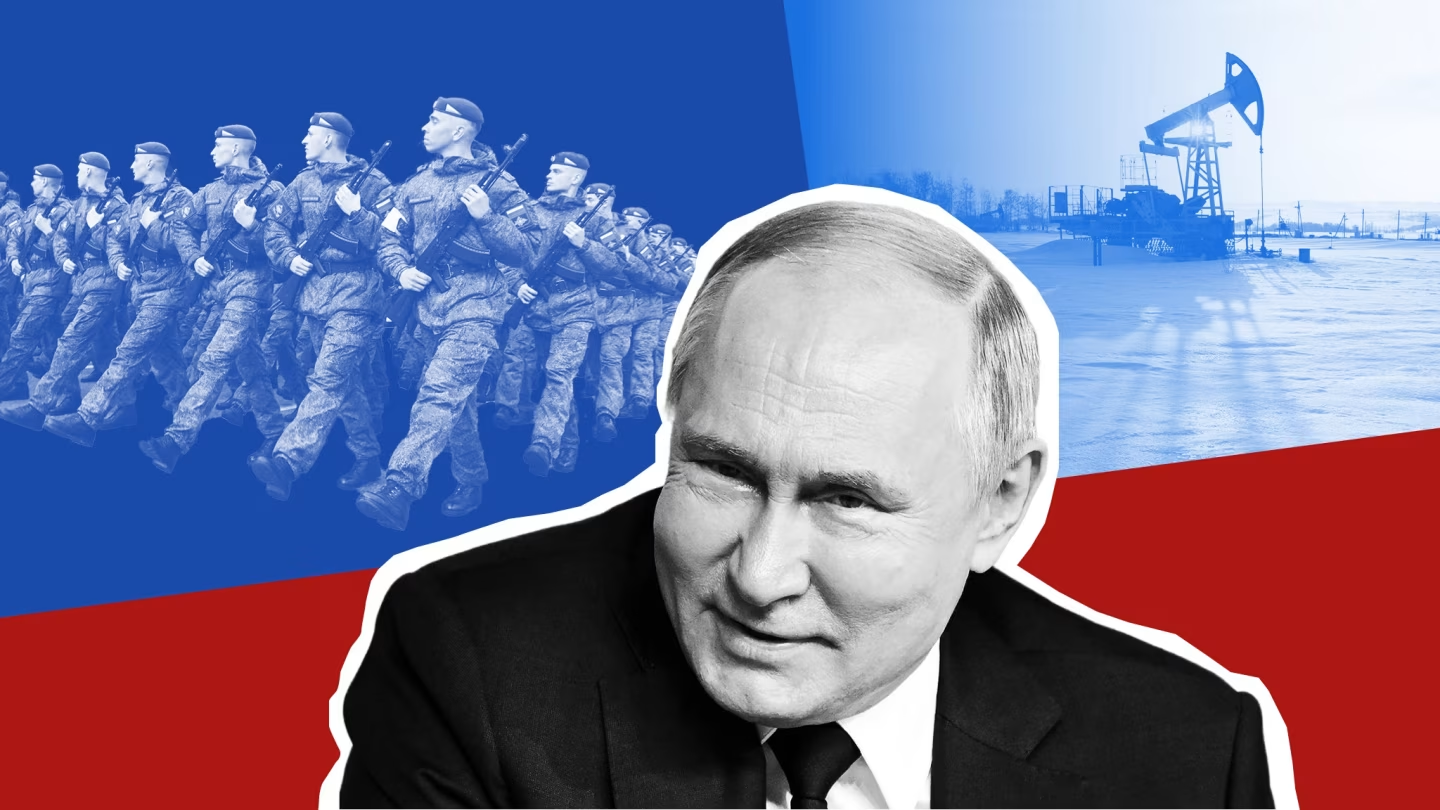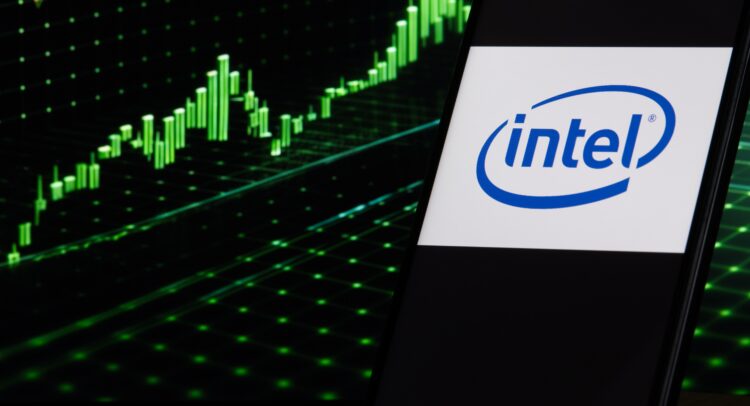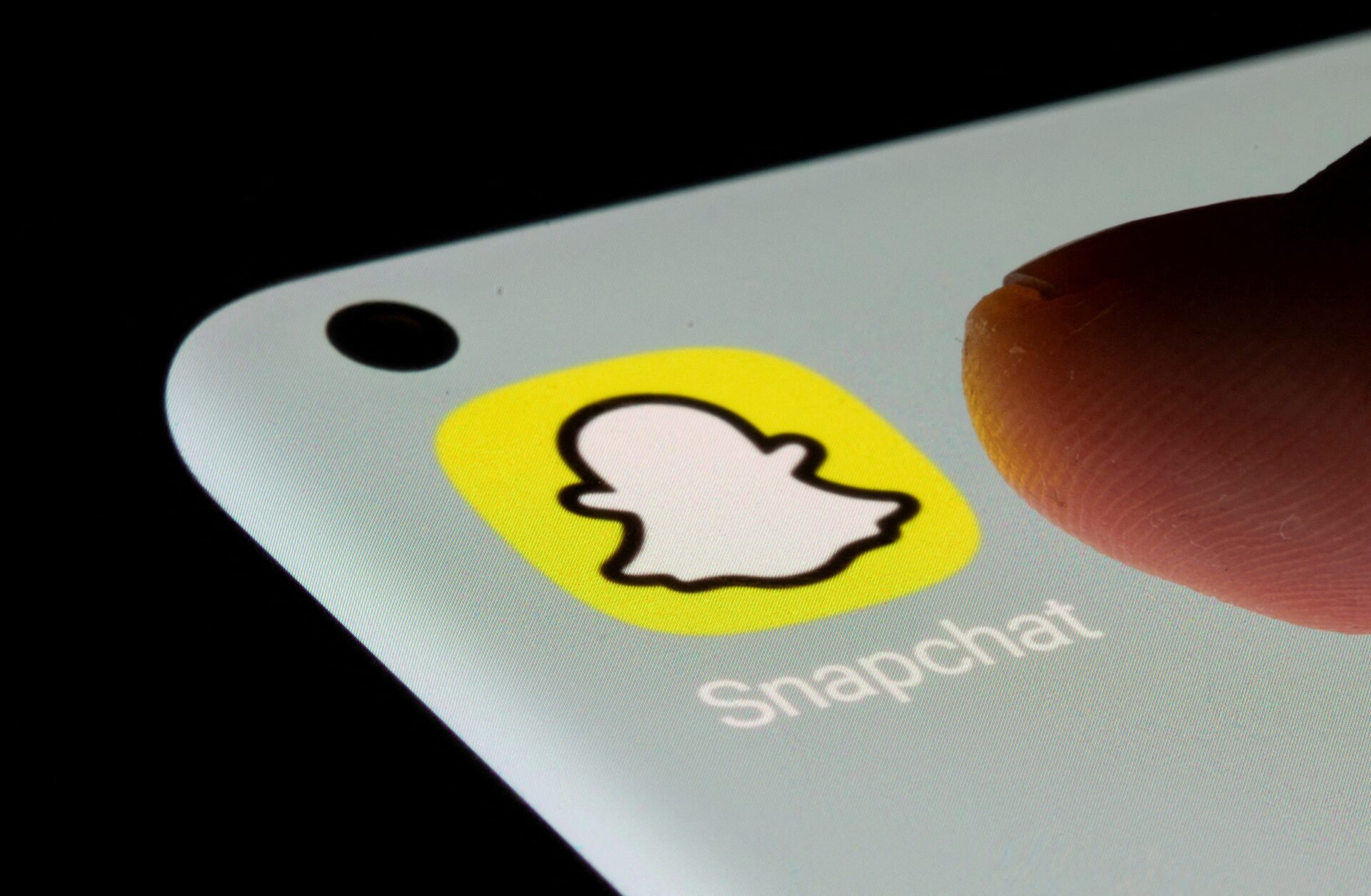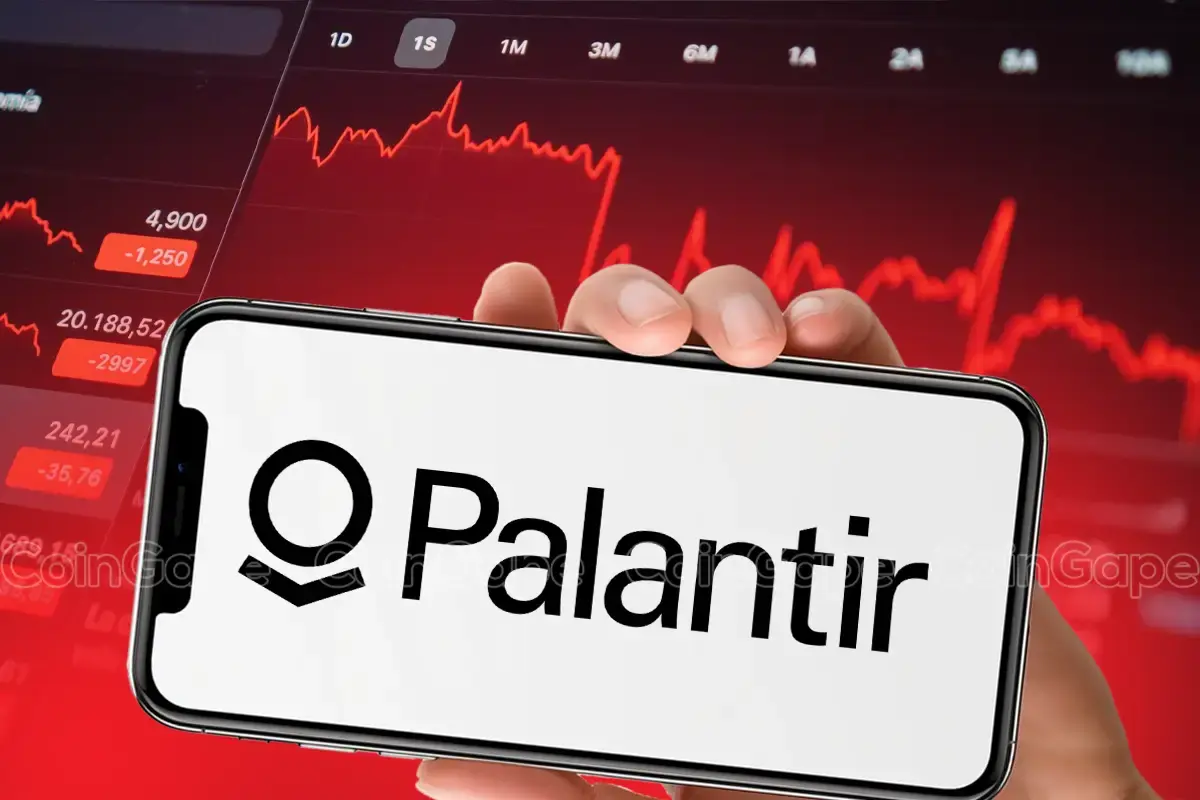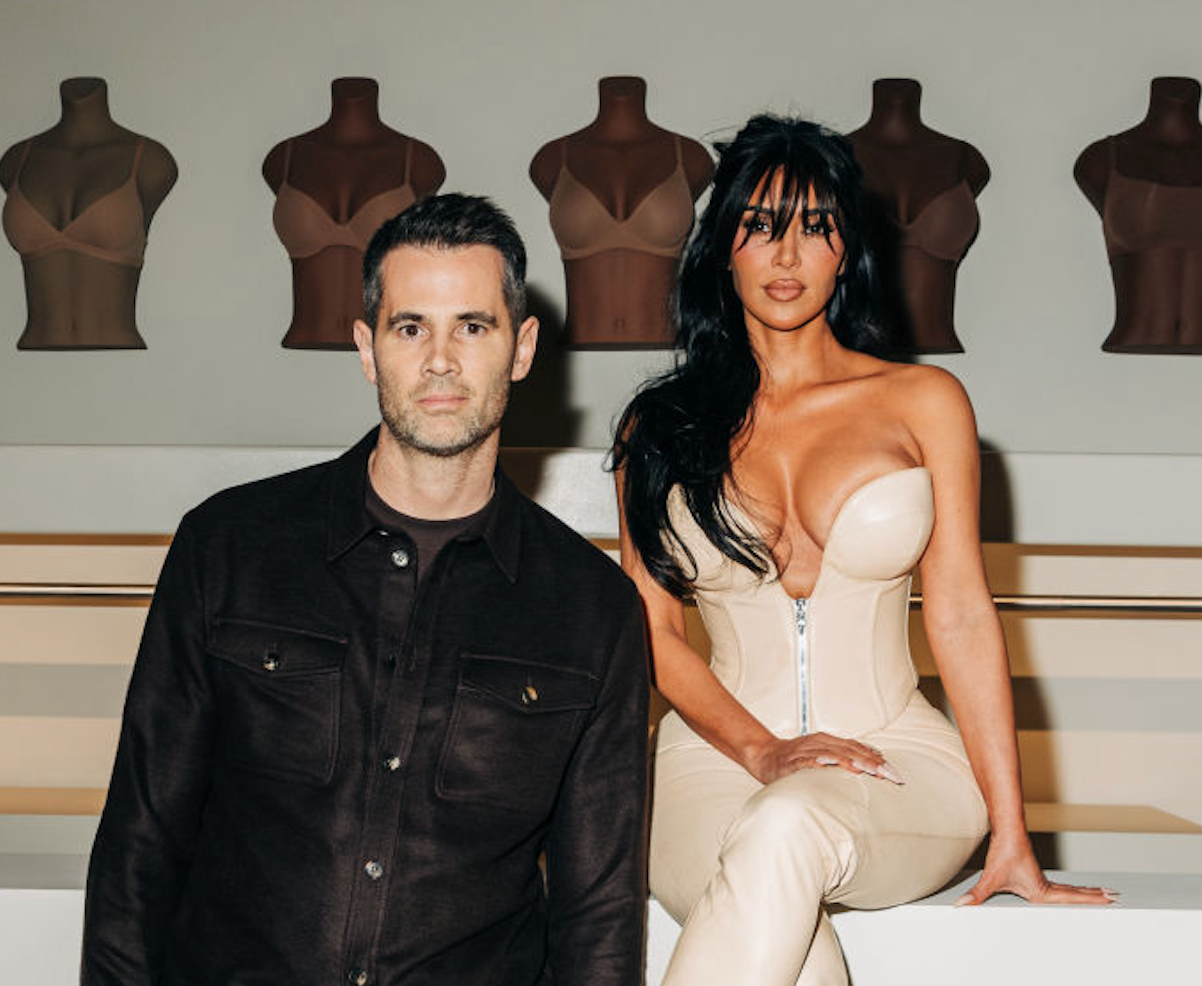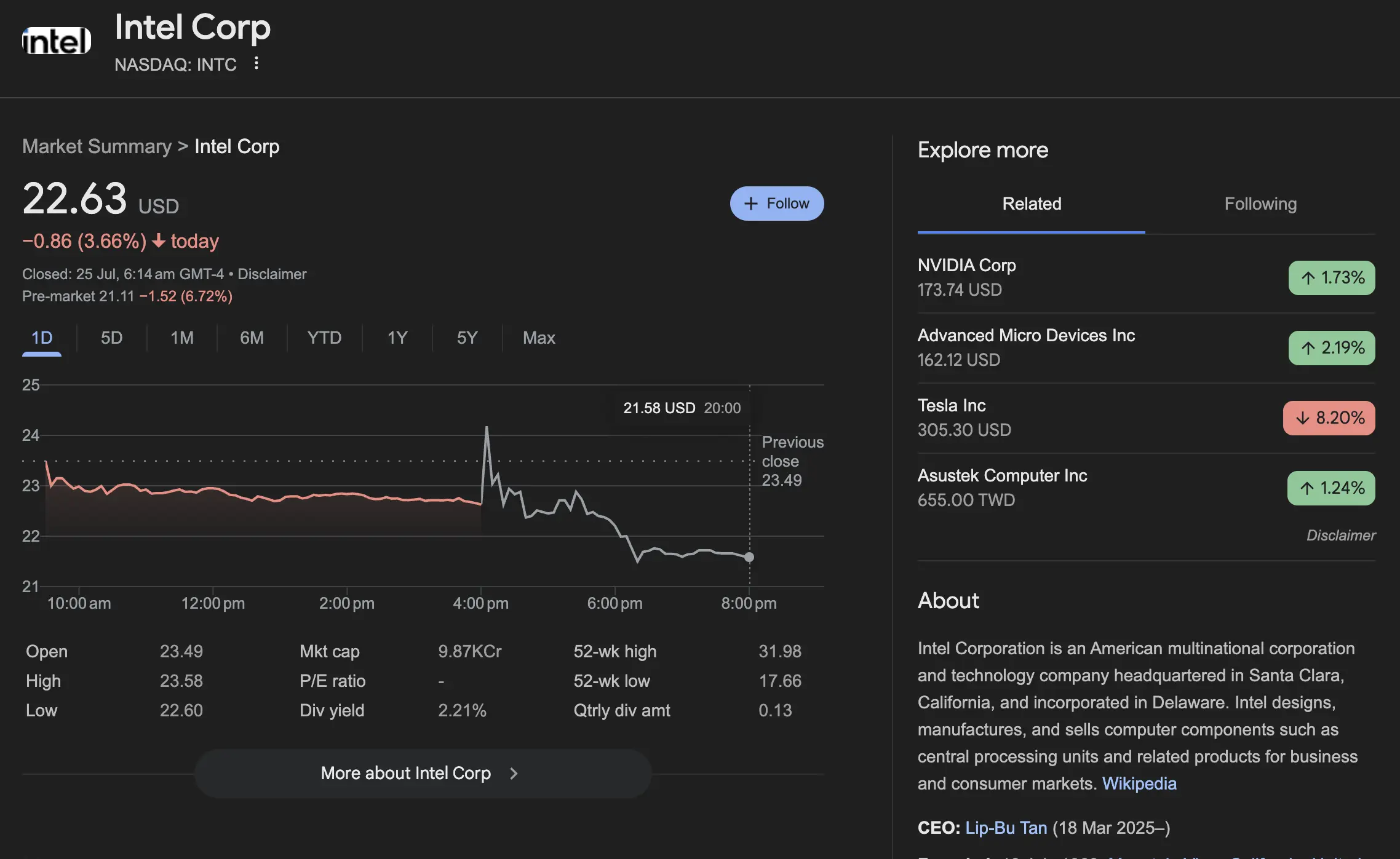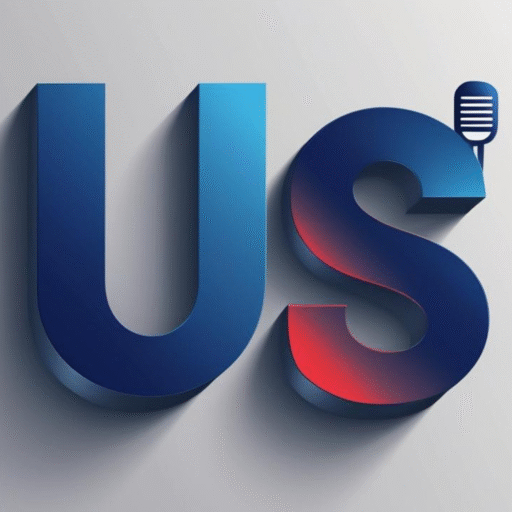# TL;DR – Quick Summary
Russia’s central bank just cut interest rates by 200 basis points, the biggest reduction since 2022. With inflation easing and signs of a cooling war economy, the move reflects deeper cracks in Russia’s post-sanctions resilience. As state spending slows, questions rise: Is the war-driven economic engine running out of steam?
# 📉 Central Bank Cuts Rates by 200 bps — Why Now?
In a surprise move, the Bank of Russia slashed its key interest rate from 16% to 14%, citing slowing inflation and a “cooling of domestic demand.”
It’s the biggest rate cut since May 2022, during the early sanctions wave.
Russian inflation dropped to 4.1%, close to the central bank’s 4% target.
Consumer activity and manufacturing show signs of fatigue after months of war-fueled stimulus.
🔗 [Source: Reuters – Central bank cuts 200 bps](https://www.reuters.com/markets/europe/russian-central-bank-slashes-key-rate-by-200-bps-biggest-cut-since-may-2022-2025-07-24/)
# 🪖 Is Russia’s War Economy Losing Momentum?
For two years, Russia’s economy has been propped up by massive war spending — from tanks to soldier salaries. But economists say this growth is artificial and unsustainable:
Defense spending hit 6.7% of GDP in 2024 — a 30-year high.
Consumer imports are down; supply chains remain heavily sanctioned.
Domestic industries face labor shortages due to military mobilization.
# 💸 Inflation Falling, but So Is Purchasing Power
Although inflation is cooling, Russian households still feel squeezed:
Wages haven’t kept pace with past inflation surges.
The ruble remains volatile, especially against the yuan and euro.
Western tech imports remain restricted, hurting local businesses.
The central bank said, “The economy is stabilizing, but output is not increasing as expected.”
{.aligncenter}
# 🏦 What It Means for Global Markets
Russia’s policy shift could ripple beyond its borders:
Oil prices dropped slightly on rate cut news, reflecting weaker demand expectations.
Investors are watching whether Putin will cut defense spending in 2026.
China and India — major trade partners — may renegotiate export contracts if growth stalls.
🔗 [Source: Financial Times – Rate cut analysis](https://www.ft.com/content/b89a2e0c-3f21-4f88-889a-35d4e8d26425)
# 🧐 Final Take: Is the Sanction Strategy Finally Working?
Western economists are pointing to this rate cut as evidence the sanctions + war spending combo is cracking:
The ruble is under pressure despite tight capital controls.
Budget deficits are growing — defense spending is crowding out healthcare and infrastructure.
Moscow’s tone is shifting: less bravado, more caution.
If this trend continues, 2026 may be the year where the economic cost of war becomes politically costly.
# Bonus TL;DR
Russia’s economy is flashing warning signs: slowing growth, falling inflation, and a surprise interest rate cut all point to a war economy under stress. While not a collapse, this pivot could signal a major strategic recalibration ahead — for both Moscow and the global stage.
# 📚 Sources (add contextual links inside the blog):
[Reuters – Russian central bank slashes rate](https://www.reuters.com/markets/europe/russian-central-bank-slashes-key-rate-by-200-bps-biggest-cut-since-may-2022-2025-07-24/)
